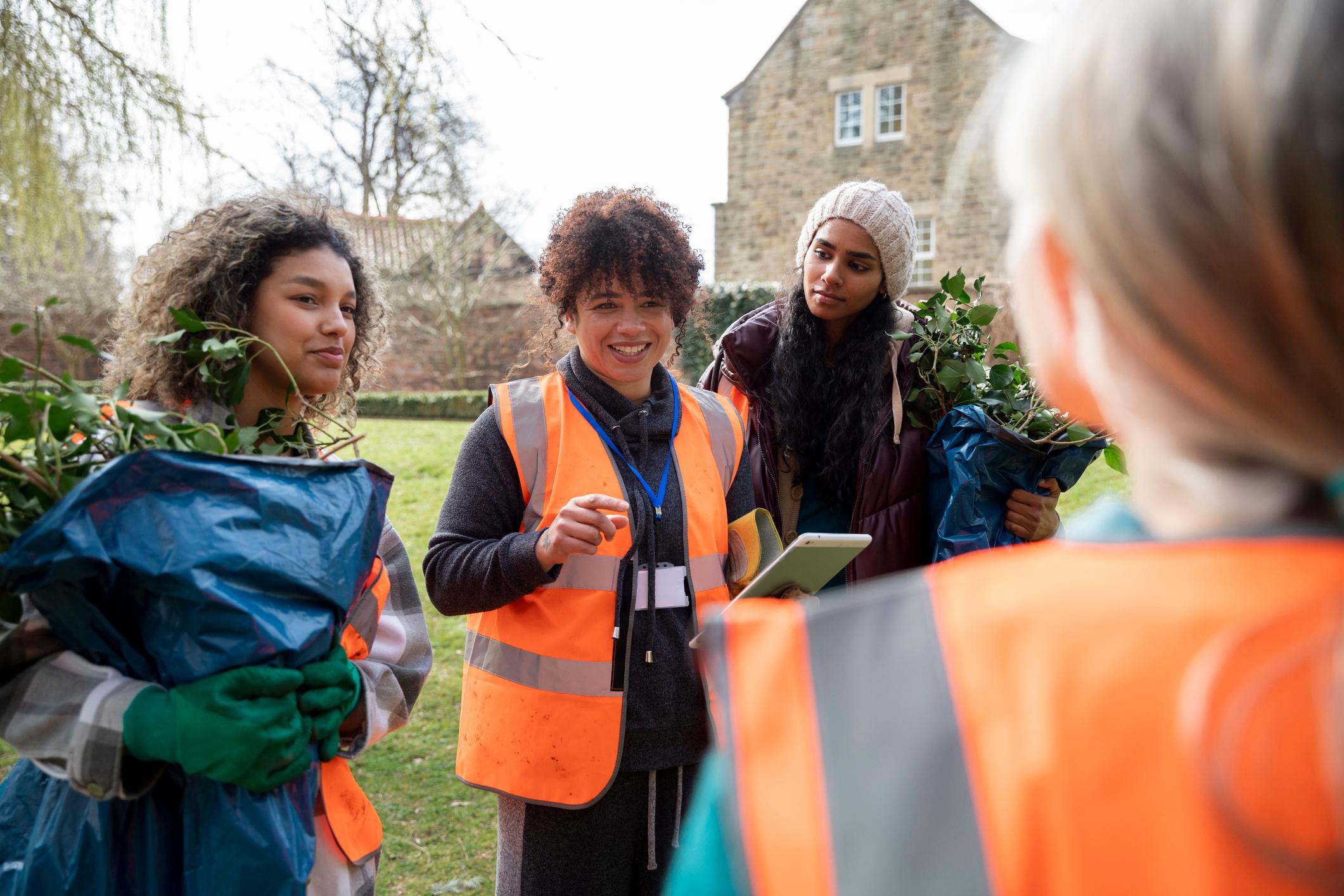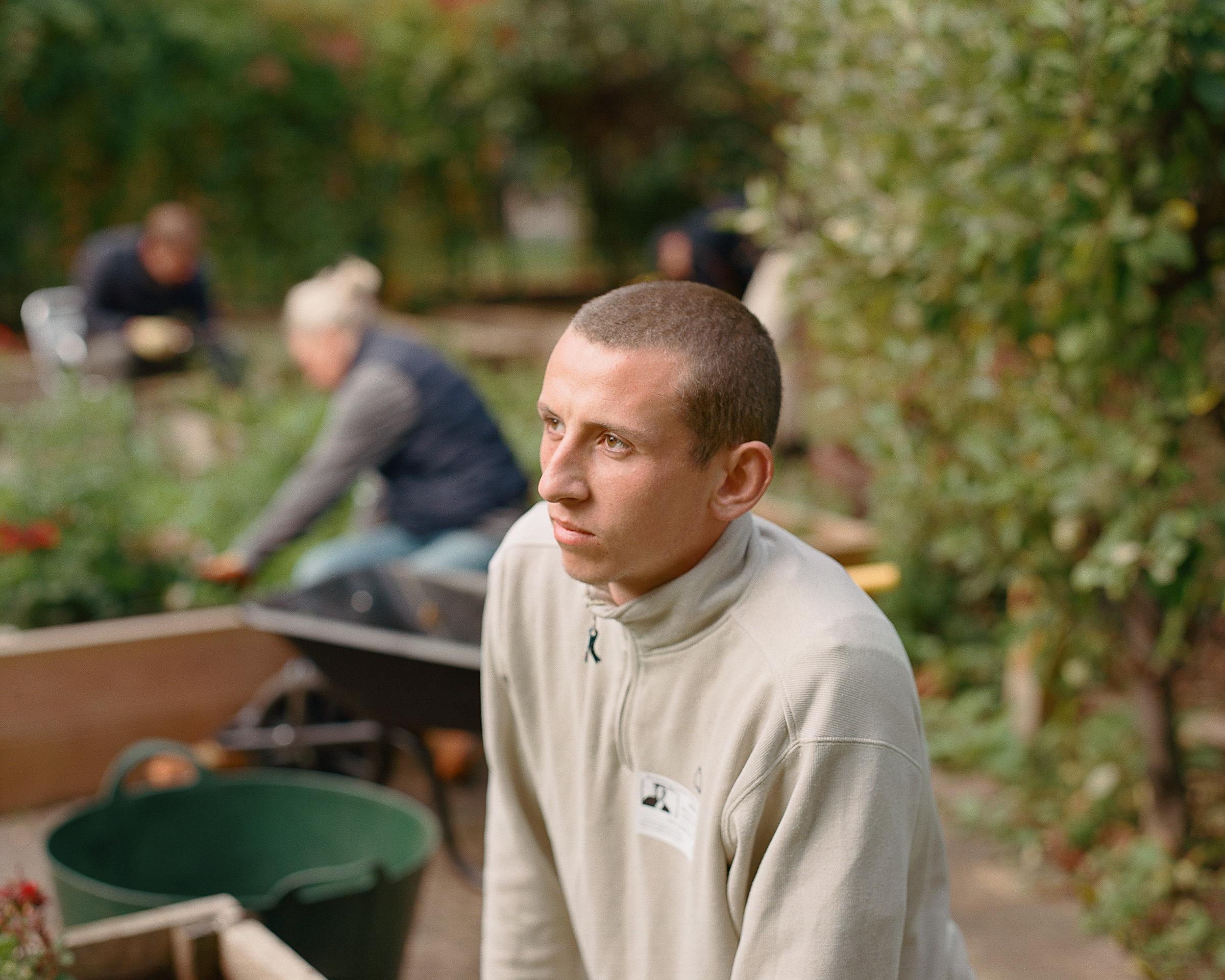
Imagining the world our hearts know is possible
Feeling overwhelmed by big problems society faces, whether that be poverty or the environment, is normal. But rather than being shut down by those feelings, we can use them to open our imagination.
I’ve been on Earth 22 years and spent the past 11 trying to save it. In that time, I’ve asked many questions of the world – and of myself.
Age 11, I sat glued to my computer screen, staring at scenes of million-year-old forests being bulldozed to produce Big Macs; dolphin hunts that turned the shoreline red; and graphs from Al Gore that showed how quickly we were devouring the Earth. I simmered with anger, shock and a profound sadness. Yet more than anything else, I felt confused. I hadn’t learnt about any of this stuff in school. I didn’t see it on the TV when my parents watched the news. We didn't talk about it at the dinner table. The question I asked was: “How could people do this?” Soon followed by: “Why am I only learning about this now?”
At 13, I coerced my parents into leaving Australia for Indonesia so that I could study at the Green School; a tower of open-air bamboo classrooms in the middle of the jungle. Unlike my Australian education, the Green School didn't tell me to pursue a ‘convenient career’, but to focus on the problems I wanted to solve. The question I asked myself was: “What can I do?”
How do we solve it?
At 16, I borrowed a slightly-too-big power suit and travelled to Paris for COP21. I went in with starry-eyed optimism that world leaders would come together to solve this existential threat. Instead, I met calcified leaders in better-fitting suits making empty promises; fluent in greenwash, setting targets scheduled far enough into the future that they required no immediate action. I attended sustainability forums sponsored by the likes of BMW, Coca Cola, and Shell: billion-dollar corporate giants and iconic polluters. I remember thinking it was like attending a conference on lung cancer, sponsored by Phillip Morris.
I was familiar with the anger and frustration that bubbled up within me, but never before had I felt… powerless. And looking at the people around me – anxious students, calculating policy-makers, cautious corporate leaders – I saw the same feelings reflected in their eyes, too. The question I asked was: “Is this problem too big? Am I too small to do anything about it?”
At 19, I founded my non-profit Force of Nature with the mission to mobilise mindsets and invite curiosity back into the conversation. I found myself on the floor of a Bristol classroom surrounded by the faces of 9 - 13-year-olds. We talked about how we felt as young people inheriting this crisis. Scared, anxious, like it’s too late, no one cares, frustrated, angry, powerless. When I asked them to describe the future they envisioned, it wasn’t some techno-utopia of flying cars and deadly diseases being eradicated — but a dystopian blockbuster. Empty supermarket shelves, cities underwater… the kind of place no one wants to find waiting for them when they grow up.
According to Force of Nature’s research, 70% of young people feel eco-anxious and that same number feel hopeless about the climate crisis. Research we contributed to found that 56% of young people globally believe that humanity is doomed. Many of us feel this way not only because the problems are overwhelming, but because of pervasive inaction and apathy in the face of them. Because a future of climate collapse has begun to feel inevitable. At the same time, society clips the wings of our imaginations before we have a chance to consider how we might do things differently. Whether it’s an education system that teaches us to become a set of averages and follow the rules; a culture that tells us our young minds are too idealistic; or endless doom-scrolling on social media.
Imagination on a major scale
However, one thing is crystal clear: we won’t solve this challenge with the same people and thinking that created it. I believe that the climate crisis is as much a crisis of imagination. And while it’s the greatest threat, it’s also our best opportunity — to imagine how we might live differently. To reimagine what we eat, how we shop, why we’re all here. It’s easy to fixate on the problems so much that we forget to pause and think about what it is we’re working toward. Now, more than ever, we need to have courage to not only ask ourselves “How did we end up here?” but “Where do we want to go next?”
Science tells us there is no hope in another 10 years of incrementalism. We need transformative solutions; and this calls for imagination on a major scale. If we’re expecting an eco-anxious generation of young people to become the leaders of tomorrow, we need to give one another license to imagine. When we do, extraordinary things can happen. Young minds have the benefit of being able to think outside the limitations of the systems we’ve inherited; yet we all have this superpower when we give ourselves permission to be creative, courageous and collaborate. Incrementalism is to tinker around the edges of a problem. Transformation is imagining what a different world can look like – and working back from there.
It’s normal to feel overwhelmed, and it’s easy to surrender to despair or denial. The harder thing is realising that we do in fact have the power to take action, and change things; not in spite of feelings of anxiety, sadness or feeling too small to make a difference, but because of them. These feelings are evidence that we’re awake to the problems; proof of our morality and sense of right and wrong. They motivate us in the face of injustice or, perhaps even more challenging, a world that teaches us there is no alternative. Equally, they are a starting point, not a stopping one. The important thing is what comes next. Do we choose to be shut down by these feelings? Or do we choose to channel them, and let them be the fuel that motivates us? The catalyst for imagining and creating the world our hearts know is possible?
That choice is yours.

This reflection is part of the imagination infrastructures topic.
Find out more about our work in this area.